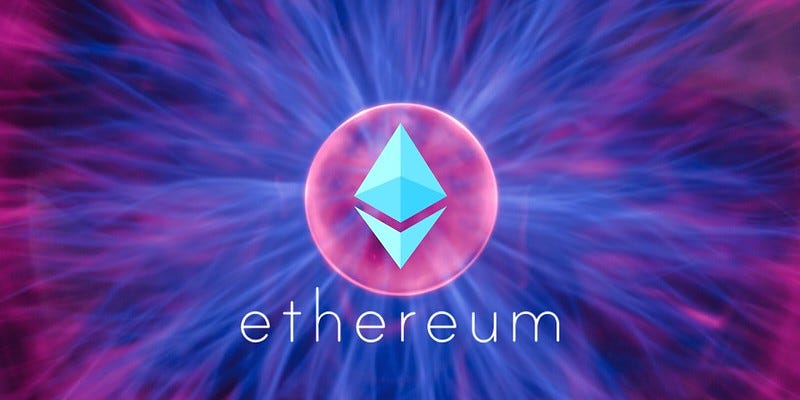Dear readers,
Even before The Merge occurred, there is the existence of MEV, short for Miner-Extractable-Value. It is also known as Maximal-Extractable-Value to some. MEV can be seen as both a behaviour and a software designed to do what its name says.
In this issue, we look at what is MEV and how it affects your transactions on-chain.

On a blockchain, the order of which transaction goes first is determined by the miners (PoW)/ validators (PoS). The criteria they use to make this decision is largely based on: how much profit can I get. Aside from earning rewards, miners also earn from transaction fees initially.
Some people spotted early on that there is a way take advantage of this situation. Just like arbitrage that happens between exchanges, it is possible to influence the miners’ decisions when it comes to the order of transactions. That’s how the idea for MEV came about.
What is MEV?
In a nutshell, MEV refers to the ordering of transactions that occur before it is placed into a block to be added to the blockchain later.
After a transaction is made, it sits in a memory (“mem”) pool, waiting to be added to a block. The miner comes along, looks at the details in each transaction and decides which ones they will process first.
The image that comes to mind is a tray of freshly-baked cookies waiting to be put into the cookie jar. Perhaps the shape or size of the cookie determines which cookie will be picked first to go into the jar.
MEV bots were created to monitor the mempool, hunting for potentially lucrative transactions beneficial to the miner. If the miner sees someone is about to make a big purchase, they can put in their order first before the other transaction gets processed, which gives them extra profit from on-chain liquidation or arbitrage opportunities. This is similar to the concept of front-running.
The other way MEV bots is made use of is to get the users to pay more in fees so that their transaction gets priorities.
What is MEV Boost?
A company called Flashbots created an open-source software called MEV Boost. This software allows for the maximisation of staking rewards by selling blockspace in an open market to other builders.
The system relies on two types of actors: searchers and relayers. Searchers are often traders who look for profitable transactions and sends them to miners/validators to be included into a block. Instead of the transactions arriving at a public mempool, it is passed to a relayer who validates the transactions before sending it to the miners.
Miners evaluate both the regular and the juicy bundle and decides which one is more profitable to be added to the block. Juicy bundle has juicy rewards for the miner if selected.
How does MEV affect me?
For starters, if you have staked Ethereum, you will be getting two kinds of rewards:
regular rewards in the form of a percentage from the issuance of new ETH tokens
transaction fees and MEV-boosted rewards
From a transactional point of view, you might have had to pay extra in fees to get your transaction to be processed faster. However, it’s unlikely you will be able to outbid someone with deep pockets.
With MEV Boost, all the horse-wrangling part of the transaction fees are taken care of via the sealed-price bid auction mechanism. It helps to eliminate gas-fee bidding wars resulting in stress on the network and higher gas fees for everyone.
Conclusion
I hope this issue helps you understand what MEV is all about, how it may affect you and inspire you to dig deeper because it is a pretty interesting topic.
Some might see its existence as a kind of shadiness, ie not in line with fair-play rules. A hacker certainly thinks so when one of the MEV bots got hacked.
Others think it’s fair that exploits can be taken advantage of as part of the market / system rules. Whichever way you think about it, it is part of the evolution as we continue to progress onwards to the creation of a system that hopefully, works for most people.
Here are some interesting links for you to rabbit-hole into if you are so inclined:
https://cryptobriefing.com/what-is-mev-ethereums-invisible-tax-explained/
https://www.coindesk.com/learn/what-is-mev-aka-maximal-extractable-value/
https://www.alchemy.com/overviews/mev-boost
As always, please feel free to share this with others who might have an interest in this topic.
Looking forward to your comments and ideas for future issues.


